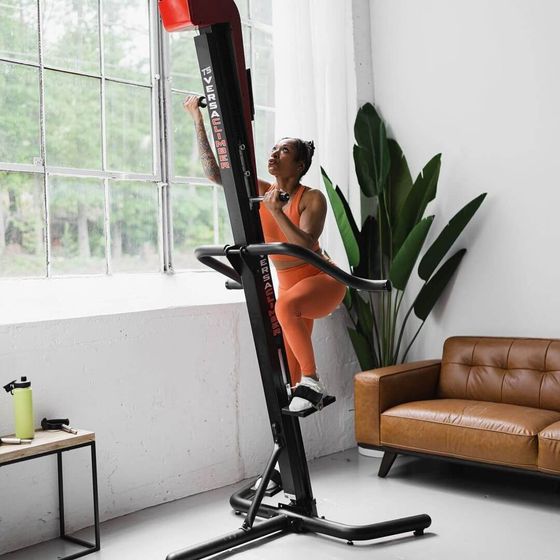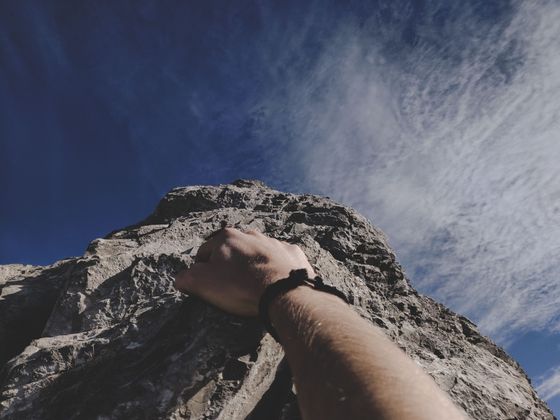We were thrilled to learn that, for the first time, climbing is included in the 2020 Olympics, this year, in Tokyo. It goes without saying that we love climbing and have championed many people from the sport over the years.
Climbers all over the world, including those attempting Mount Everest, use the Versaclimber as part of their training. Among them are renowned mountain climber Jimmy Chin and legendary explorer Sir Ranulph Fiennes.
Climbing benefits people of all ages, not only improving physical health but also mental health too, helping to reduce stress. A full-body workout, it burns calories, develops core strength and builds and tones muscle. It can be mentally challenging but really rewarding, and most of all, it’s really good fun!
There are a number of factors the International Olympic Committee considers when deciding what sports to introduce, including gender equality and youth appeal. These elements are demonstrated well in the climbing field as more and more women are taking to the boulders, crags, and even to the ice – with groups such as ‘chicks with picks’ leading the way for female climbers.
Indoor climbing centres engage young people in the activity too, while brands such as Red Bull and popular climbing influencers like @Shaunacoxsey, @Alexhonnold and @Alexandermegos have helped turn the sport into a worldwide sensation.
Climbing enthusiasts – or people new to the sport who would like to see what all the fuss is about – can watch climbers compete in three disciplines at the Games. Taking place on an artificial wall, the coveted gold medal is awarded to the athlete who gains the highest score in the following disciplines:
- Lead climbing: Athletes attempt to climb as high as possible on an overhanging wall within six minutes.
- Speed climbing: Two climbers racing up a fixed route on a 15m wall.
- Bouldering: Climbers scale a number of fixed routes (called ‘problems’) on a 4m wall within a given time, without ropes. The climber who solves the most ‘problems’ with the lowest number of attempts wins.
It is likely that climbing’s inclusion in the Olympics will make it even more popular and there are lots of great and easy ways that you can enjoy it too.
Most cities have a climbing wall, and the British Mountaineering Council (BMC) offers this useful tool to find one in you area. Social media sites such as Instagram can be inspiring, and you can learn about some great hidden climbs using hashtags such as #climbing and #bouldering.
The BMC also offers information on some great courses to get you started, including climbing for young people, lectures and ‘Women’s Ready to Rock’ series. If you’re a bit nervous about going it alone, there are some great climbing clubs in the UK with members offering you support and tips along the way.
Finally, it’s always a good idea to know your limits and we urge you to climb safely, with the correct equipment and supervision. It’s important that you are physically fit enough to meet your challenges.
For those who want to prepare themselves for their climbs, the Versaclimber not only aids existing climbers with their progression but also helps professionals and beginners alike with arm strength, core strength and endurance.



